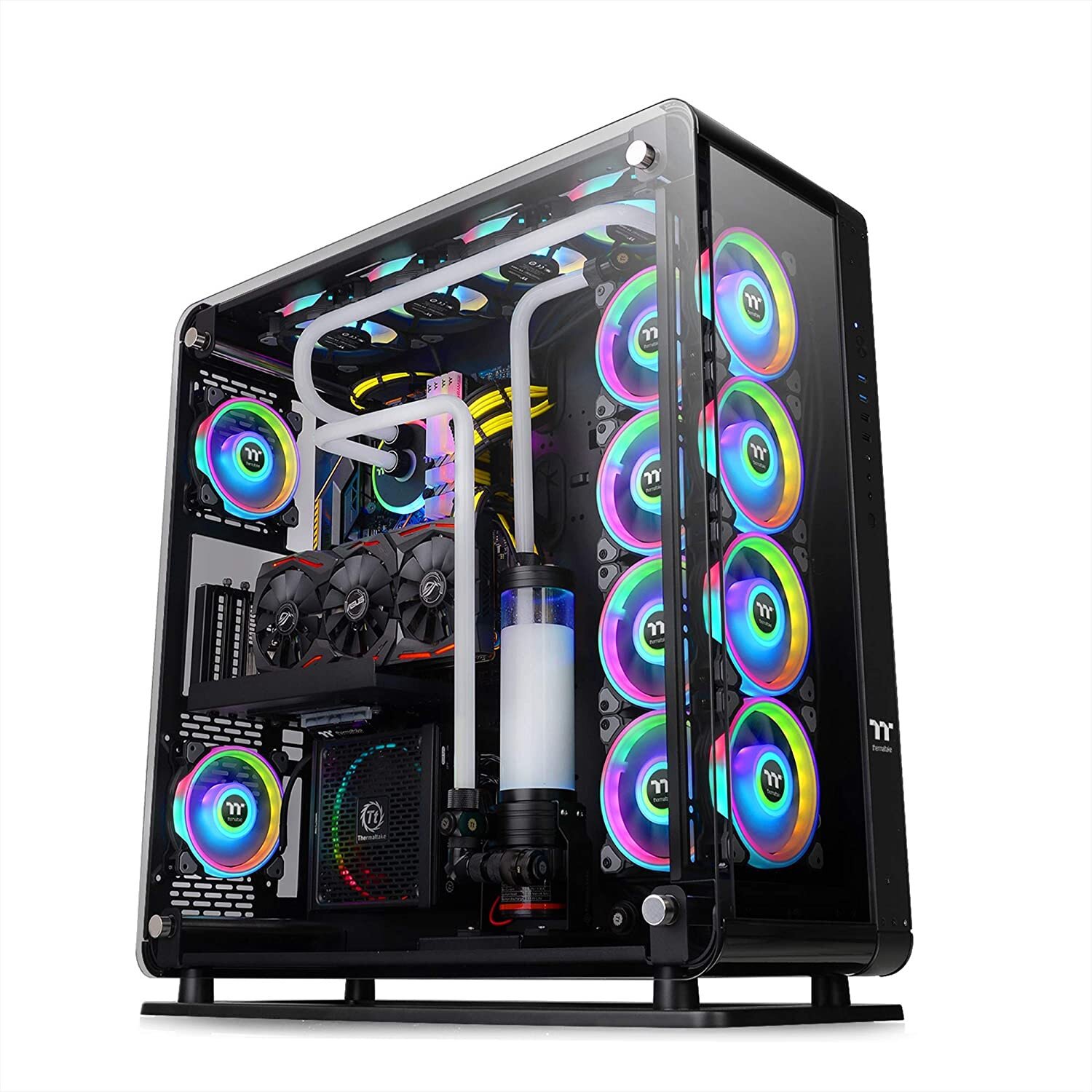
In the realm of personal computing, the term “computer https://www.techme.club/ tower” refers to the vertical chassis that houses the main components of a desktop computer. These towers come in various sizes, configurations, and designs, catering to the diverse needs and preferences of users. Understanding the anatomy of a computer tower and its significance is crucial for anyone looking to delve into the world of desktop computing or upgrade their existing setup.
Table of Contents
Understanding the Components Inside a Computer Tower
Motherboard
At the heart of every computer tower lies the motherboard, serving as the central hub that connects all other components. It provides the necessary interfaces for the CPU, RAM, storage devices, and expansion cards to communicate with each other.
CPU (Central Processing Unit)
The CPU, often referred to as the brain of the computer, executes instructions and processes data to perform various tasks. Choosing the right CPU is essential for achieving optimal performance in tasks ranging from basic web browsing to intensive gaming and content creation.
RAM (Random Access Memory)
RAM plays a crucial role in multitasking and overall system responsiveness. It temporarily stores data that the CPU needs to access quickly, allowing for smoother performance when running multiple applications simultaneously.
Storage (Hard Drive or SSD)
Storage devices, such as hard disk drives (HDDs) and solid-state drives (SSDs), store the operating system, applications, and user data. SSDs offer significantly faster read and write speeds than traditional HDDs, resulting in quicker boot times and faster file transfers.
Graphics Card
The graphics card, or GPU (Graphics Processing Unit), handles rendering tasks related to images, videos, and 3D graphics. For gaming enthusiasts and professionals working with multimedia content, investing in a high-performance GPU can significantly enhance visual quality and rendering speeds.
Power Supply Unit (PSU)
The PSU converts AC power from the wall outlet into DC power that the computer’s components can use. Choosing a reliable and efficient PSU is vital for ensuring stable operation and protecting sensitive hardware components from power surges or failures.
Cooling System
Efficient cooling is essential for maintaining optimal operating temperatures and preventing overheating, especially in systems with powerful CPUs and GPUs. Computer towers typically employ fans, heatsinks, and liquid cooling solutions to dissipate heat generated by internal components.
Types of Computer Towers
Computer towers come in various sizes and form factors to accommodate different hardware configurations and spatial constraints. The three primary types are:
Mini Tower
Compact and space-saving, mini towers are ideal for users with limited desk space or those seeking a minimalist aesthetic. Despite their smaller size, they can still accommodate standard components and offer sufficient airflow for cooling.
Mid Tower
Mid towers strike a balance between size and versatility, providing ample room for expansion while remaining manageable in terms of footprint. They are the most common choice for mainstream users and gamers due to their versatility and affordability.
Full Tower
Designed for enthusiasts and power users, full towers offer maximum space for accommodating high-end hardware configurations and custom cooling solutions. They provide extensive room for expansion and customization but require more desk space and tend to be pricier than smaller alternatives.
Factors to Consider When Choosing a Computer Tower
When selecting a computer tower, several factors should be taken into account to ensure compatibility, performance, and user satisfaction:
Size and Form Factor
Consider the available space for the tower and choose a size and form factor that best fits your needs and preferences.
Airflow and Cooling
Evaluate the tower’s airflow design and consider additional cooling options to prevent overheating and ensure optimal performance.
Expansion Slots
Check the number and type of expansion slots available for adding extra components such as graphics cards, sound cards, or storage drives.
Aesthetics and Design
Select a tower with a design that appeals to your personal taste and complements your overall setup and decor.
Budget
Set a realistic budget based on your requirements and prioritize essential features to get the best value for your money.
Benefits of Upgrading or Building Your Own Computer Tower
Customization Options
Building or upgrading a computer tower allows for customization of components based on individual needs and preferences, resulting in a tailored computing experience.
Performance Boost
Upgrading key components such as the CPU, GPU, or RAM can significantly enhance system performance, allowing for smoother multitasking and faster application responsiveness.
Future-Proofing
Investing in a modular and upgradeable tower ensures compatibility with future hardware advancements, prolonging the lifespan and relevance of your system.
Cost Savings
Building your own computer tower can be more cost-effective than purchasing pre-built systems, as it allows you to select components based on performance and budget considerations.
Tips for Maintaining Your Computer Tower
Proper maintenance is essential for prolonging the lifespan and optimizing the performance of your computer tower. Here are some tips to keep it running smoothly:
Regular Cleaning
Dust and debris can accumulate inside the tower over time, obstructing airflow and causing components to overheat. Regularly clean the interior and exterior of the tower using compressed air and soft brushes to prevent buildup.
Monitoring Temperature
Keep an eye on the temperatures of key components such as the CPU and GPU using monitoring software. Ensure that they remain within safe operating limits to avoid thermal throttling and potential damage.
Upgrading Components
Periodically assess your system’s performance and consider upgrading components such as the CPU, GPU, or storage drives to keep up with evolving software demands and technology advancements.
Conclusion
The computer tower serves as the foundation of any desktop computing setup, housing essential components that power everyday tasks and demanding applications alike. Understanding the intricacies of computer towers, from their internal components to their various types and configurations, empowers users to make informed decisions when building, upgrading, or maintaining their systems.
Investing time and resources into selecting the right computer tower and keeping it well-maintained can lead to a more enjoyable and efficient computing experience, whether for work, entertainment, or creativity.


